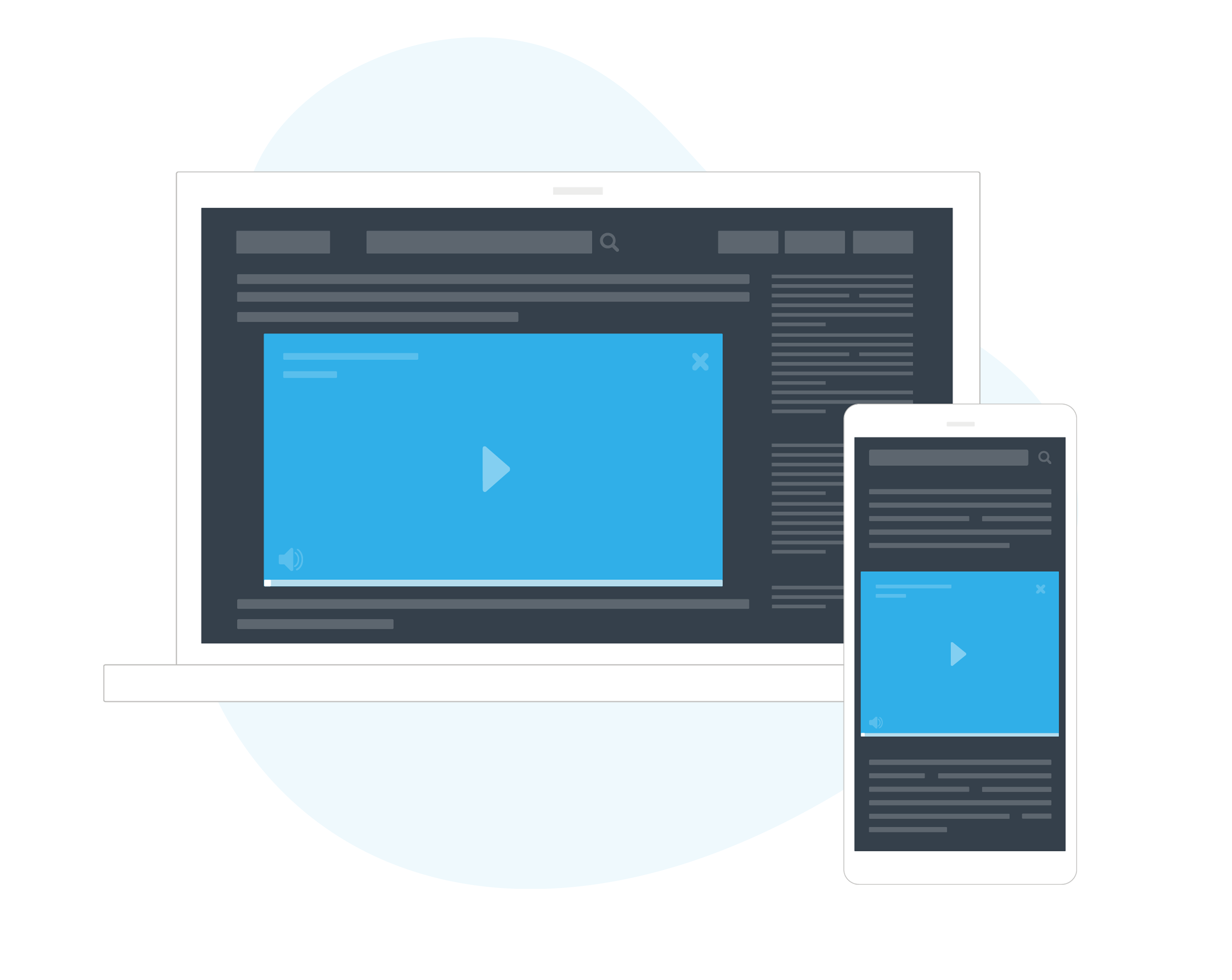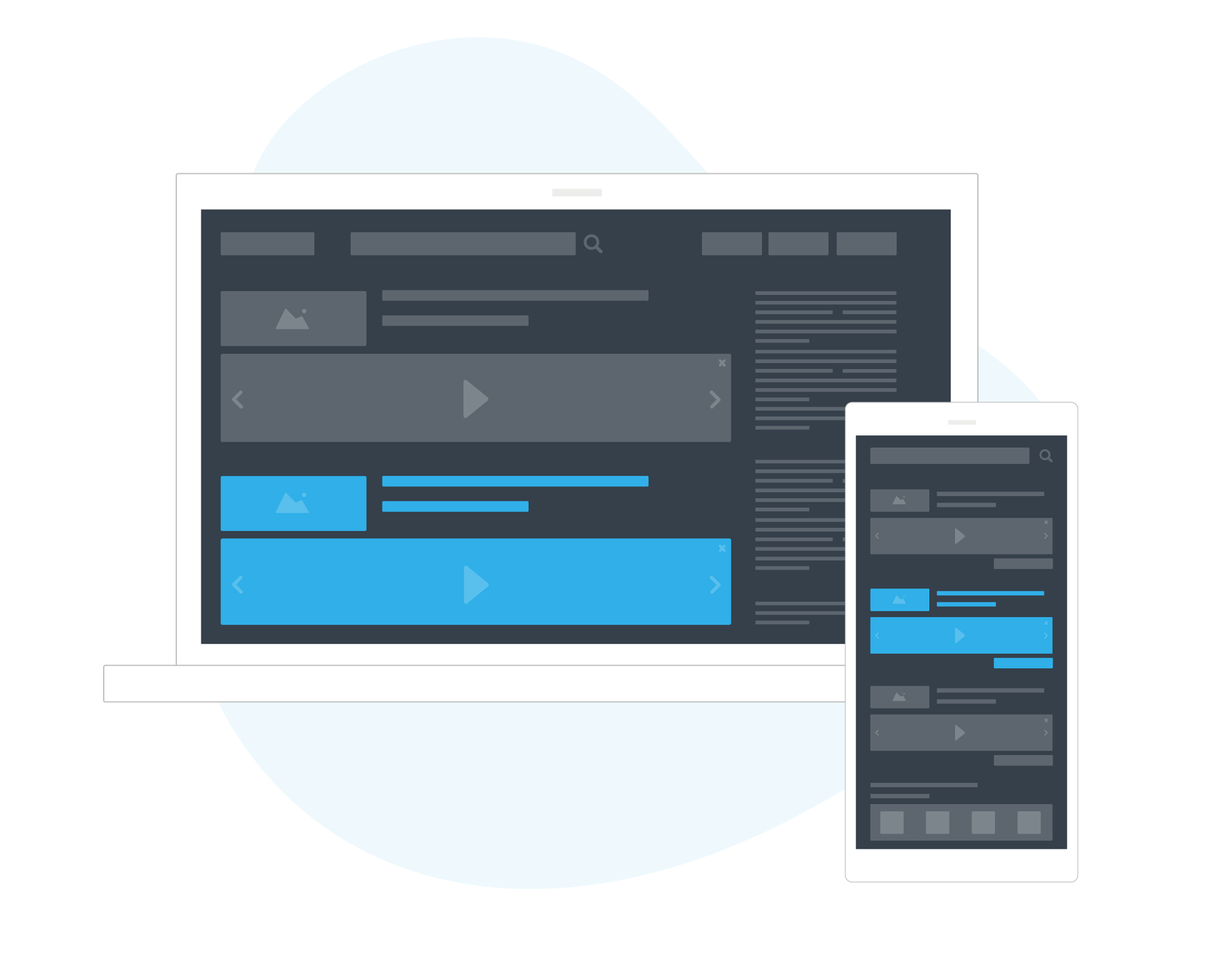Both ad formats offer an unobtrusive UX. What’s the difference between them?
We’ve been getting some questions about the difference between outstream video and native video ads.
It’s true, there is some overlap. Both native and outstream video are formats that appear seamlessly within an app or site’s content, rather than triggering the device’s native video player. So what?
As users scroll, the ad content appears and the video plays within the ad unit, rather than disrupting the user’s experience. As a result, view and engagement rates are higher, and so is brand sentiment.
Outstream Video
Outstream video has many names. Some may call it “in-read,” others “in-line,” and it’s even been referred to as “in-article.” What all these names get at is the fact that outstream video appears out of the video streaming platform. Instead, outstream integrates itself within the content of a given page.

At Smaato, we offer all formats of outstream video, including web, in-app, and mobile web. Plus, we support all sizes.
Outstream video has many pros. Users appreciate that the ads do not disrupt their experience, and they can choose whether or not to play them (marketers only pay for ads that users viewed, and publishers get the benefit of improved brand sentiment). These units also support any video length, and auto play and pause depending on how visible the ad is on a given page.

Native Video
Native ad placements (including native video, native rich media, and native banner ads) are popular because they mimic their environment, which helps keep users engaged.
These placements are designed to look like the surrounding content, though. To differentiate the ad placement from the matching video content, native video placements are wrapped with a logo, title, description, and call to action.
Native video is essentially outstream video, wrapped up in a different package. Like outstream video, the video ad plays outside of the device’s standard video player, and appears within the context of the page.
Smaato supports all types of native content. To read more about our native opportunities, check out our guide to Native Rich Media and Native Video.
Read On
What, then, is the difference between outstream video and native video?
In summary, native video ads include additional “wrapper” information (logo, title, description, and CTA) and more closely mimic the environment they’re in, while outstream videos are in-read video ads that appear within a publisher’s content, but do not necessarily blend in with the environment (for example, you might have a square video ad in the middle of a text article).
Both drive high levels of engagement, and deliver relatively unobtrusive/seamless user experiences and higher eCPMs.
Learn More
Want to learn more about outstream video or native video?




